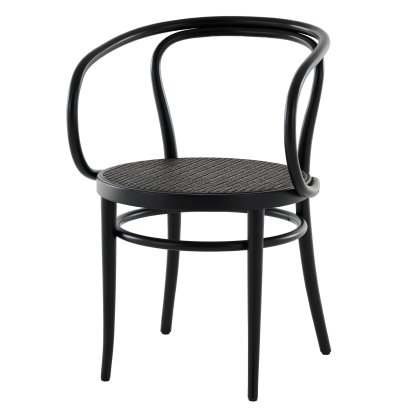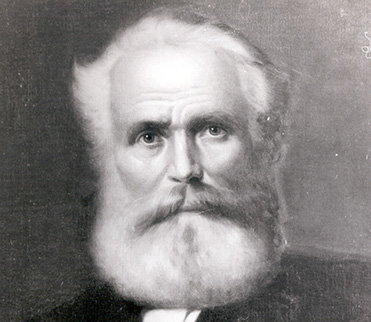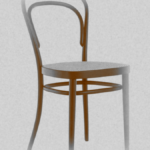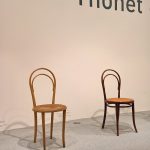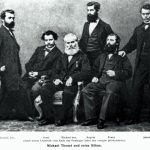Stühle zum (Be)Sitzen, a smow Pop-up at the Grassi Museum für Angewandte Kunst, Leipzig
...A brief tour through the recent (hi)story of chair design, or certainly western European chair design, that opens with Michael Thonet's 1859 Chair 14, the contemporary Thonet Chair 214, a... From the Thonet 214 the tour moves on to the Thonet 209 bentwood armchair from 1900, that flowing, curving, billowing work, that not only expands and rounds the Thonet 214 and thereby helps highlight the reduction and reserve of the 214, but in many regards exemplifies better than the 214 the possibilities inherent in Michael Thonet's use of a collection of standardised components to develop near infinite families of chairs, rather than having an artisan individually craft all components of a chair as part of a single production process; a pre-fabricated production process that while not entirely Michael Thonet's invention, was one he made his own...



















